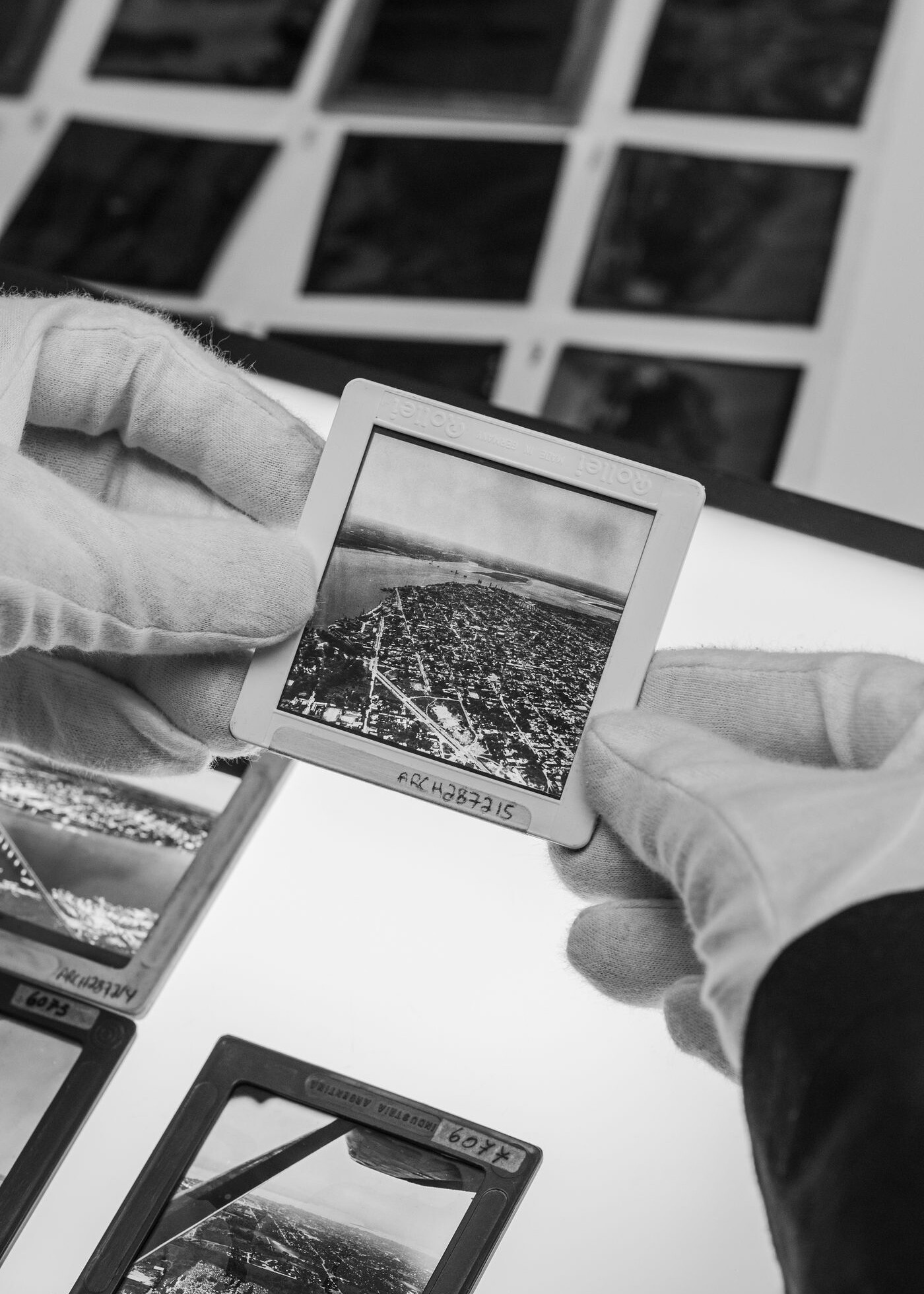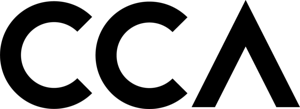Selected by Studio Muoto, Claudia Shmidt, and Pezo von Ellrichshausen
June 23, 2023–May 5, 2024
1920 rue Baile
Montréal Québec H3H 2S6
Canada
In 2020, we hosted Querido Amancio, an event organized in Buenos Aires to celebrate the recent donation of the Amancio Williams archive to the CCA by the Williams family. Amancio Williams (1913–89) was a key figure in Argentinian modernism, and the vast output of projects and proposals produced by his office—which included his wife, architect Delfina Gálvez—over several decades from the 1940s until the 1980s is evidenced by this expansive archive of drawings, photographs, correspondence, and models. Prior to the archive’s arrival in Montréal, it was organized and directed by Amancio’s son, the architect Claudio Williams, on an online platform created with Martín Huberman (founder of Monoambiente and curator of the CCA c/o Buenos Aires program). This platform enabled the conservation of the documentation produced by Amancio Williams throughout his career in and beyond Argentina, but it also offered a way for his ideas to be further studied, analyzed, and exhibited. When we were entrusted with this expansive body of work, we knew that we had an important role to play in ensuring a continuation of the productive dialogue that it inspired.
It is because of this desire to expand existing dialogues and foster new ones that we chose the Amancio Williams archive as the basis for the next iteration of our Out of the Box exhibition series. The present Out of the Box format originated in 2015, when we invited OFFICE Kersten Geers David Van Severen, Juan José Castellón, and SO-IL to explore the legacy of the different approaches to architecture present in the work of Ábalos&Herreros. In 2019–20, Yann Chateigné, Hila Peleg, and Kitty Scott were invited as guest curators to analyze Gordon Matta-Clark’s critical practice within the architecture scene between 1969–78. This iteration of the series, which comprises three exhibitions in our Octagonal Gallery and a publication set to launch next spring, is curated by Studio Muoto (Paris), Claudia Shmidt (Buenos Aires), and Pezo von Ellrichshausen (Concepción).
As curators of the first exhibition On the Horizon: Amancio Williams selected by Studio Muoto (on view through September 17, 2023), Gilles Delalex and Yves Moreau of Studio Muoto explore the infrastructural dimensions of Williams’s work, with a focus on his unrealized projects for an airport on the coast of Buenos Aires (1945) and the cross-shaped monument Cruz en el Río de la Plata (1978–80), both of which establish a dialogue with the horizon. While the drawings of these projects primarily depict them as buildings, Williams’s writings situate them as infrastructure designed to operate at an urban and territorial scale. You may watch and read an excerpt of Studio Muoto’s reading of the archive, which emphasizes Williams’s belief that modernity, and the engineering advances it enabled, would have the capacity to “elevate” humanity.
Claudia Shmidt, curator of the second exhibition (October 12, 2023 to January 21, 2024), delves into the many letters found in Amancio Williams’s archive. Far from a nostalgic practice, the conservation of letters—both sent and received—in his personal archive shows their value as integral aspects of his work. In addition to emphasizing their essential role in the dissemination of his ideas, these letters also evidence a vast network of relationships he maintained with prominent figures in architectural, institutional, and political spheres.
The third and final exhibition in the series (from February 15 to May 5, 2024), curated by Mauricio Pezo and Sofia von Ellrichshausen, highlights what is likely Williams’s most widely known project, the Casa sobre el Arroyo in Mar del Plata. Their reading seeks to offer a deepened interpretation of the now-iconic house by elaborating on what its design and construction denote about his wider practice—more specifically, they ask whether his meticulous drawings and engineered precision can be read as a record of intimate obsession.
Through their readings of the archive, the curators also situate the social, environmental, and political aspects of Williams’s practice within contemporary discourse. Their interpretations and selections reinforce the idea that, despite Williams’s efforts to spread his ideas to a network of architectural, cultural, and political contacts in Argentina and abroad, few of his architectural proposals were ever built. For this reason, the archive remains the primary locus of his ideas today, and new readings of it help to reveal aspects of the work left previously unconsidered.
We hope you join us as we develop this critical discourse with an understanding of archives as active tools for enriching architectural debates. To stay in touch and to hear from us, subscribe here.



